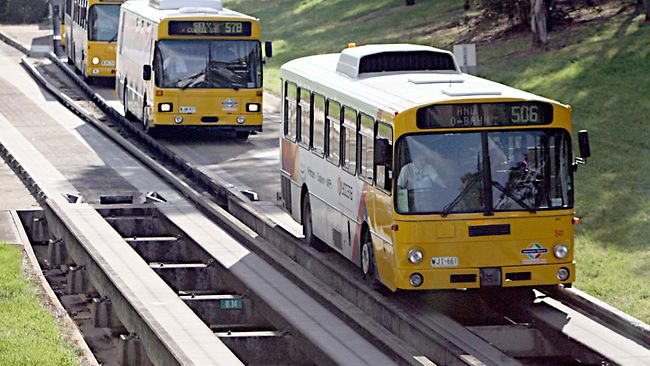|
Home  News News
Competitive tendering vs. negotiated contracts? Australian debate hots up
 |
An Australian academic has backed criticism of the South Australia State Government’s decision to competitively tender Adelaide’s public transport bus services. Heavy criticism is also levelled for over-investment in rail given its high costs and lower ridership.
22 January - One of Australia’s most respected public transport academics has criticised the South Australia State Government’s decision to competitively tender Adelaide’s public transport bus services. Professor David Hensher, Director of the Institute of Transport and Logistics Studies at the University of Sydney and member of our BRT Centre of Excellence, agreed with advice provided to the South Australian Government to not competitively tender the state’s public transport bus services. This advice was ignored by the Government, which competitively tendered the services in 2010.
|
|
Since the new contracts began there has been widespread dissatisfaction with the performance of the bus system, and patronage has declined significantly since 2010. The advice, from former public transport chief Heather Webster and two former consultants to South Australia’s transport department, favoured a process of negotiated contract extensions.
Prof Hensher also agreed with Webster’s criticism of the government’s investment in light and heavy rail, as compared to the bus system. He pointed to a study he had undertaken comparing the operating costs of Sydney railways with buses, both private and public. The study concluded that a train costs about 14 times more to operate per service kilometre than a bus. Statistics also showed that the Sydney buses carried 13 per cent more passenger trips than trains, meaning that trains are close to 16 times more cost-inefficient compared to buses. “This is a staggeringly different sum and raises some serious questions about value for money in investing in rail versus bus,” Prof Hensher said.
Webster questioned the government’s spending on trams and trains, when the bus network shouldered so much of the public transport burden in Adelaide, and at a much lower comparative cost. Figures provided to Indaily by the Department of Planning, Transport and Infrastructure showed that in 2011/12, buses were responsible for 50.99 million boardings, while trams accounted for 2.9 million and trains 9.62 million.
Read more
Learn about the Australian Bus Industry Confederation’s view on service contracts
 national_contracts_paper.pdf (1.1 MB) national_contracts_paper.pdf (1.1 MB)
|
|














